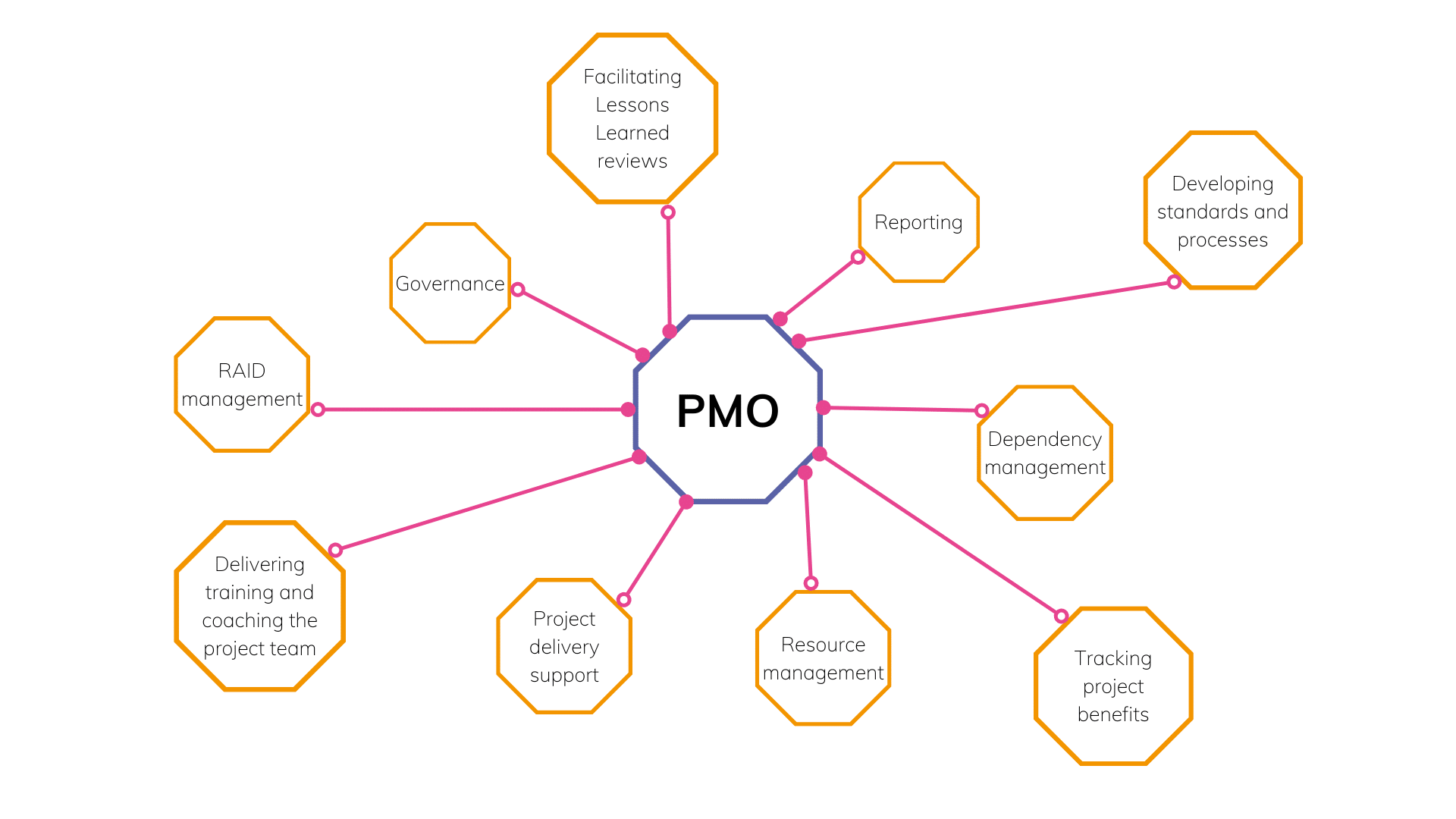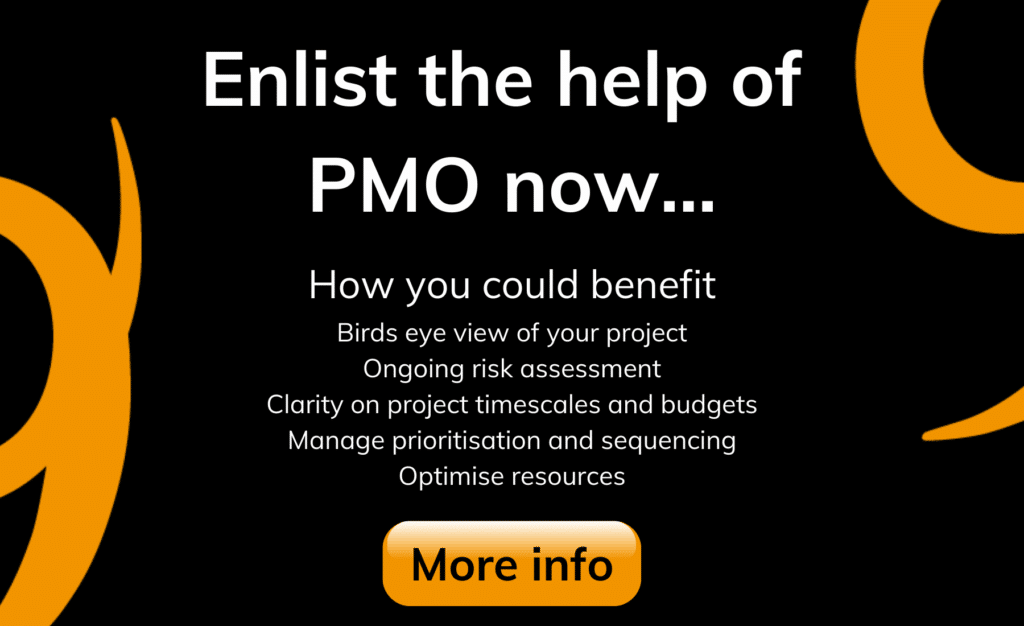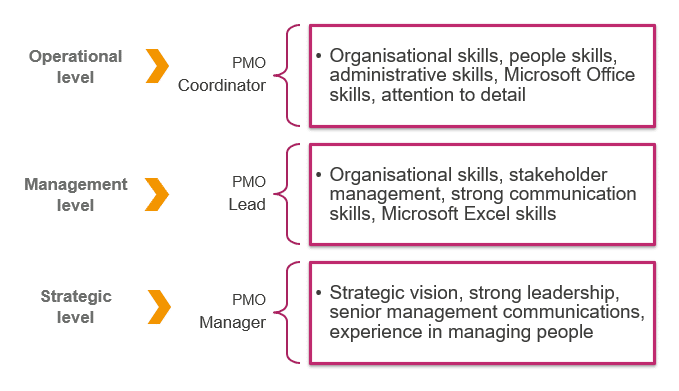As more organisations are seeking to drive greater efficiency and control over their projects, the term Project Management Office, or ‘PMO’, is becoming more popular than ever.
But what is PMO? What does PMO mean in project management? What does a PMO do? And why is having a PMO beneficial? In this beginner’s guide to PMO, we’ll be answering all these key questions to get you up to speed on the world of Project Management Office.
What is PMO?
PMO stands for a Project Management Office. It is a department or team within a business that defines and maintains management standards across projects and initiatives.
The PMO can also be referred to as the Programme or Portfolio Management Office. By creating procedures and ensuring best practice is followed, projects are supported in being able to run in a repeatable and consistent way. At its most effective, a PMO will embody the organisations culture and strategy.
Explore our PMO services at Nine Feet Tall.
What does a PMO do?
The PMO can be involved in a wide range of activities across a programme / portfolio. These can include:

Different types of PMO
There are 3 main types of PMO – which category a PMO falls into depends on the degree of control and influence a PMO may have on projects.
1) Supportive PMO
- A supportive PMO provides support through templates, best practices, training and lessons learned – they have a low degree of control in projects.
- A supportive PMO is most suitable for organisations where additional controls are seen as unnecessary.
2) Controlling PMO
- A controlling PMO is involved in reviewing whether processes and standards have been correctly applied in projects. If there are any issues, they take corrective actions.
- A controlling PMO is beneficial in organisations that have more stringent structures or where there are greater risks as it ensures there is a consistent compliance with standards and methodologies.
3) Directive PMO
- A directive PMO can actually ‘take over’ the project through PM experience and resources to manage the project.
- A directive PMO is generally most effective in larger organisations. This type of PMO injects a large amount of professionalism and experience into projects. As each Project Manager reports back to the directive PMO there is also a high level of consistency.

What are some PMO roles?
There are various roles that form part of the PMO, the below graphic shows some popular role titles with their associated characteristics and skills. 
What are the benefits of a PMO?
Having a PMO team in your business or organisation can have a number of benefits. These benefits include:

Why Choose Us?
At Nine Feet Tall, we’re your premier choice for Project Management Office (PMO) solutions. With a wealth of experience and a proven track record, we stand out for our commitment to excellence and client satisfaction. Our dedicated team of experts works closely with you to tailor bespoke PMO solutions that align perfectly with your organizational goals and objectives. We prioritise transparency, communication, and collaboration every step of the way, ensuring that your projects are delivered on time, within budget, and to the highest standards. Choose Nine Feet Tall for unparalleled expertise, personalised service, and results-driven solutions that elevate your project management practices to new heights.
If this blog has sparked an interest in finding more out about how a PMO could be used in your organisation, then we’d love to hear from you. It all starts with a conversation, email estherm@ninefeettall.com
Also have a look at how people are using PMO as a service (PMOaaS) here.


